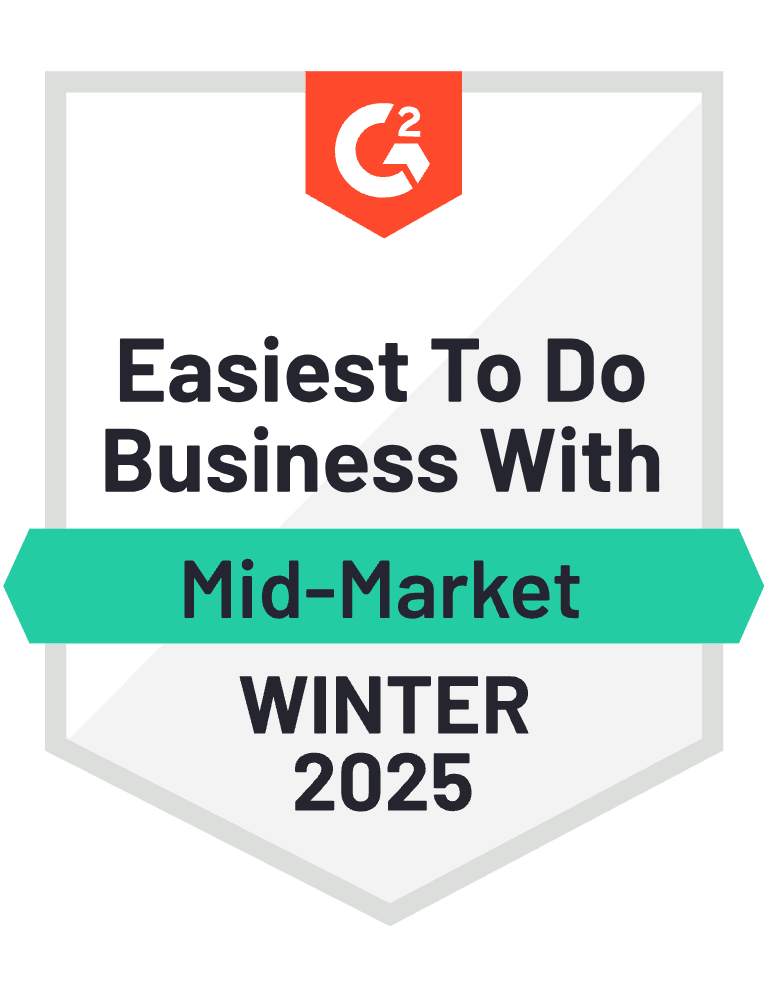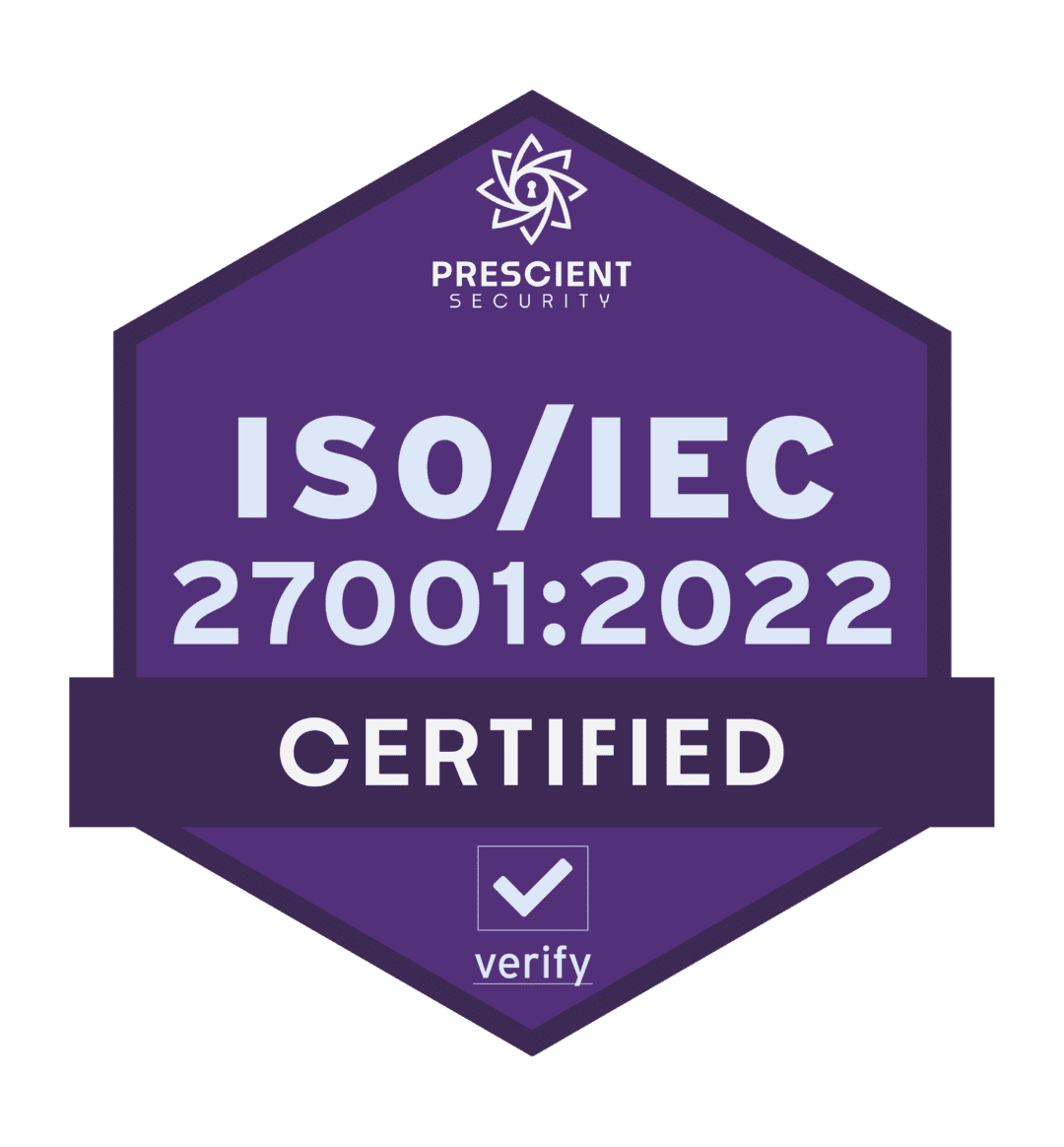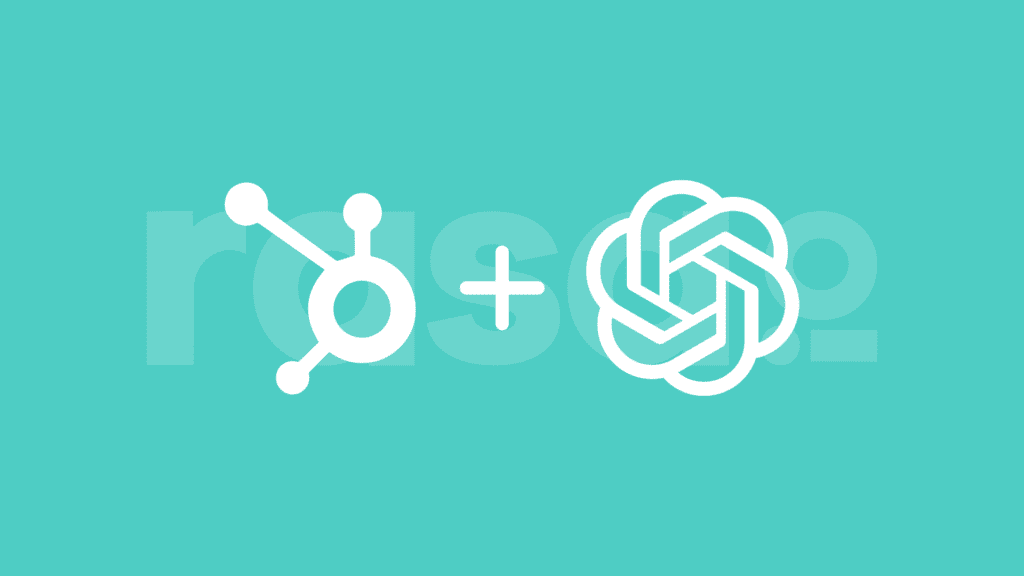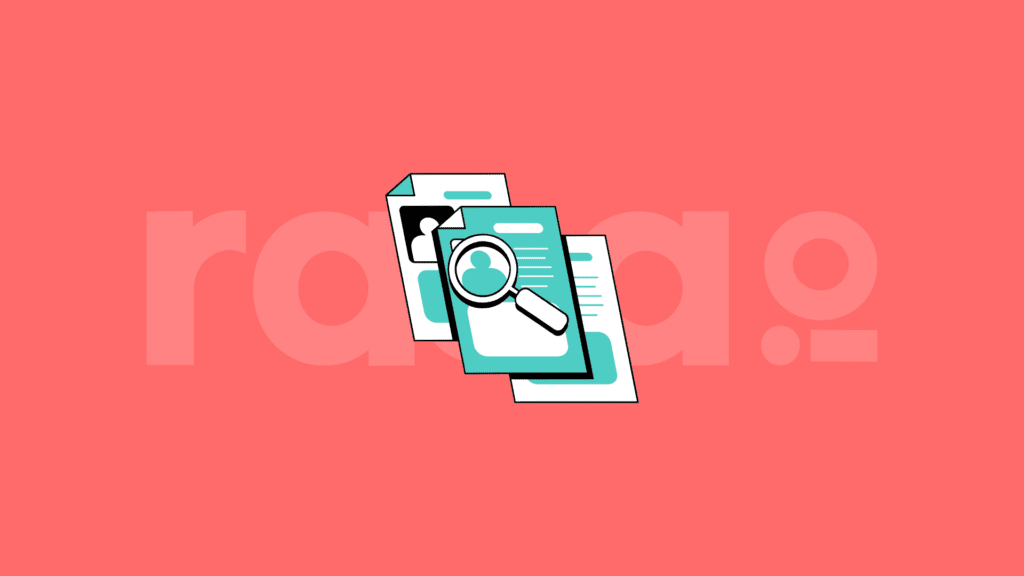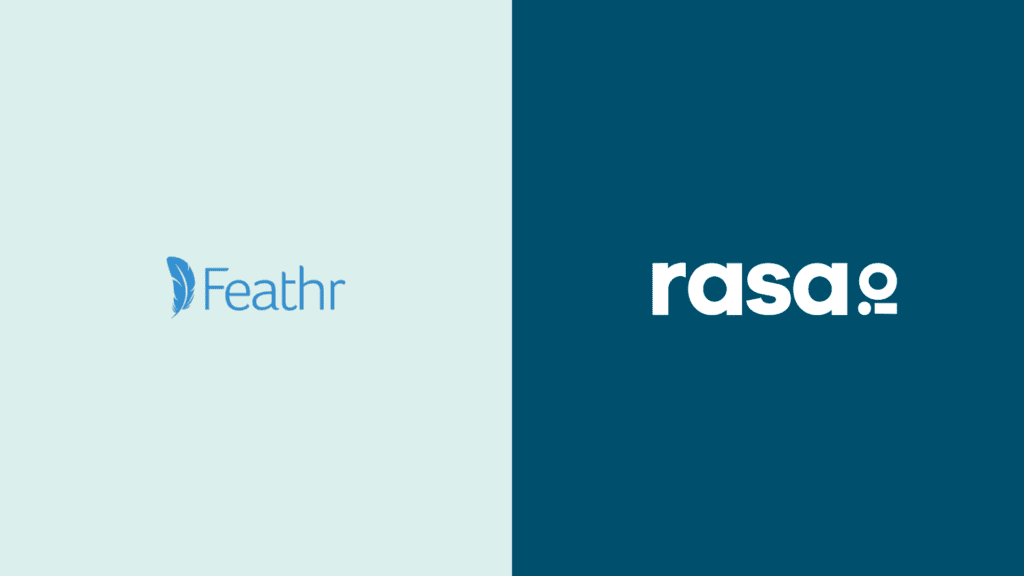Knowing these proven approaches will help you create an email newsletter that gets conversions.
It’s not an accident that so many successful companies have email newsletters. These handy little info-blasts can be a fantastic way to enhance your connection with potential customers, as well as an opportunity to market your services to an audience that has self-selected for interest in your industry.
That said, one size definitely does not fit all. Some formats are better suited to small and agile companies, while others work best for sizable organizations that can put a lot of resources into creating authoritative content.
You also need to consider what your audience is looking for. The reason that newsletters can be so successful is that they provide readers with value upfront. That makes them more likely to trust in the quality of your services once you do get around to the sales pitch.
But that only works if your emails give them the information they actually want. So when you’re creating a newsletter, think carefully about what types of content you’re offering.
The good news is that there are tons of possibilities. Email newsletters can include:
- Thoughtful articles
- Relevant news stories
- Product reviews
- Company announcements
- Stories from satisfied customers
- Promotional deals
- Links to other interesting content
And that’s by no means an exhaustive list. The options are only limited by your creativity.
That said, there are a number of tried-and-true newsletter best practices, including some well-established formats that can serve as guides. Most of the newsletters driving sales on the web today fall into one of four broad categories.
Check them out, get inspired, and start crafting your own.
1. The “Letter-From-The-Editor” or “Featured Article” Style
Best for:
- Companies with a strong writing staff
- Brands offering a unique perspective
- Businesses looking to influence their industry
This type of email newsletter aims to tell a story, convey a specific idea, or explore a particular topic. It shouldn’t look like a forest of links or the front page of a blog. Instead, it offers the audience a tightly focused reading experience.
That doesn’t mean it has to be short, though – think of it as a deep dive on a single topic, rather than a broad sampling of content. A Featured Article newsletter uses medium-to-long-form content to position you as a knowledgeable authority in your field. It’s a perfect opportunity to comment on industry trends and reinforce your brand’s identity.
Letters-From-The-Editor call for real writing chops. They’re best suited to businesses that already have a creative focus, or the resources to hire strong writers.
They can also be useful when you’re positioning your company as “a different kind of [x]” – your articles can take a critical eye to the established way of doing business, and make the case for your novel approach.
Awesome examples:
- Tedium. Sporting the self-effacing tagline “The Dull Side of the Internet”, this biweekly newsletter tells interesting stories about boring things. It’s presented in an intellectual yet approachable voice that encourages readers to share the author’s quirky curiosity.
- East Fork. The newsletter from this ceramic dishware manufacturer shares advice and reflections on dining, cooking, and entertaining. By inviting subscribers to imagine scenarios where the company’s projects would come in handy, it helps to subtly encourage them to start shopping.
2. The “Link Roundup” or “Curated Content” Style
Best for:
- Companies with limited time and resources
- Those with subscribers who prefer bite-sized content
- Small organizations looking to build credibility
If you don’t have the time or inclination to be a content creator, your email newsletter can still provide value for your audience, by finding noteworthy stuff from around the web for them to read. It’s a less effort-intensive way to establish your expertise.
Unlike the Letters-From-The-Editor format, diversity of topics is encouraged here. You want readers to perceive you as a hub for information on subjects relevant to their interests. That’s the value proposition you’re offering – a one-stop source for news, advice, and intel.
Feel free to mix in a few links to your own pages, too.
Although Curated Content newsletters don’t demand a huge investment of time, it’s critical that you provide some context. At a minimum, every link you include needs a snappy headline that conveys why readers will want to click through.
This format works well even if you’re not a great writer, but creative professionals can also use it to great effect. By engaging with your audience around shared interests, you’re associating your work with stuff they already like.
Awesome examples:
- The Tech Block. This blog’s Daily Roundup helps recipients keep up to date on the latest in the ever-changing world of technology. The headlines are descriptive without being overly wordy, and each link is category-tagged to let subscribers quickly find what they’re looking for.
- Austin Kleon. With an eclectic selection of items and a casual tone, this author and illustrator’s newsletter gives readers the sense that they’re connecting with him on a personal level. It’s a great example of the way that the Link Roundup can work with a minimalist design.
3. The “Blog” Style
Best for:
- Companies that want a ton of eyeballs on their website
- Brands with lots of existing content
If you’re already creating interesting long-form content on a regular basis, and you need a way to get it in front of more people, then a Blog-style email newsletter might be right for you. This format presents readers with a rich menu of informative or entertaining fare – all of which is located on your website.
That’s right, the key to the blog newsletter is providing only internal links. All of those juicy headlines lead to pages you operate.
This approach is only workable for organizations with an established repository of content. If your business is still finding its feet, this format is not for you. But if you’ve got the goods and you’re looking for more traffic, this type of newsletter can be a powerful tool.
Unlike the “Featured Article” style, you don’t want to place full articles before the jump. You’re trying to lead your audience out of their inboxes and into your domain (cue nefarious laughter). But you should have a bit more detail for each link than the brief headlines of a “Curated Content” newsletter. Shoot for concise but informative subheadings that pique the reader’s interest.
For example:
- Redistribute Magazine. The newsletter for this electronic music site makes great use of pull quotes, giving subscribers a taste of the articles on the main site. The visual style is consistent, but the varied layout encourages the viewer to keep scrolling down.
4. The “Hustle” Style
Best for:
- Businesses that make money mainly from content
- Organizations looking to become trusted industry voices
- Companies pursuing an affiliate marketing strategy
Named for an email newsletter with a devoted following among entrepreneurs, this format is a hybrid of the previous three. It pairs engaging articles on a variety of topics with links to external products and content. Like Link Roundup or Blog newsletters, it covers a wide range of subject matter; like the Featured Article format, it provides a substantial amount of information before the reader clicks on anything.
This strategy calls for talented writers since it relies on subscribers connecting strongly enough with your content to trust your recommendations on products and services. It works best if you can cultivate a distinctive voice that makes readers eager to hear your take on current events.
It also helps to have a theme that links the various topics you spotlight, even if it’s a very general one like “tech” or “sports”.
The length of your up-front articles can vary considerably, from concise and pithy commentary to long-form musings. This approach also provides plenty of room to sprinkle in special deals for supporters, links to your own pages, and offers for premium content.
Examples:
- Brain Pickings. Readers subscribe to Maria Popova’s weekly newsletter for erudite meditations on art, science, literature, and history. They support her intensive one-woman operation with donations and traffic to her Amazon affiliate links.
- The Skimm. Punchy short-form summaries of news stories let subscribers to The Daily Skimm get caught up without leaving their inboxes. Readers can investigate further by clicking through to the source articles, or head to the main site for in-depth guides on big topics.
Now that you’ve seen how the pros craft their email newsletters, you can start planning your own. Just remember to keep a few important questions in mind:
- What value can I offer my subscribers?
- What actions am I hoping to motivate?
- How much time and money can I devote to this?
- What are my areas of expertise?
- How can I build a relationship with my readers?
That last question is especially important. Don’t forget that your approach can adapt over time as you get to know your audience better.
After all, the point of creating a newsletter is to deepen your engagement with the people you need to reach.
So get out there and connect.
Looking for more insights on growing your brand? Check out the rasa.io Learning Center.



